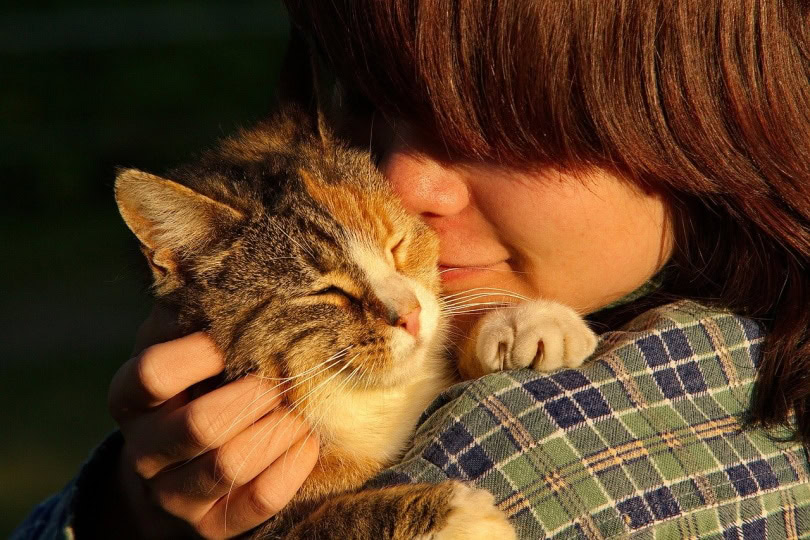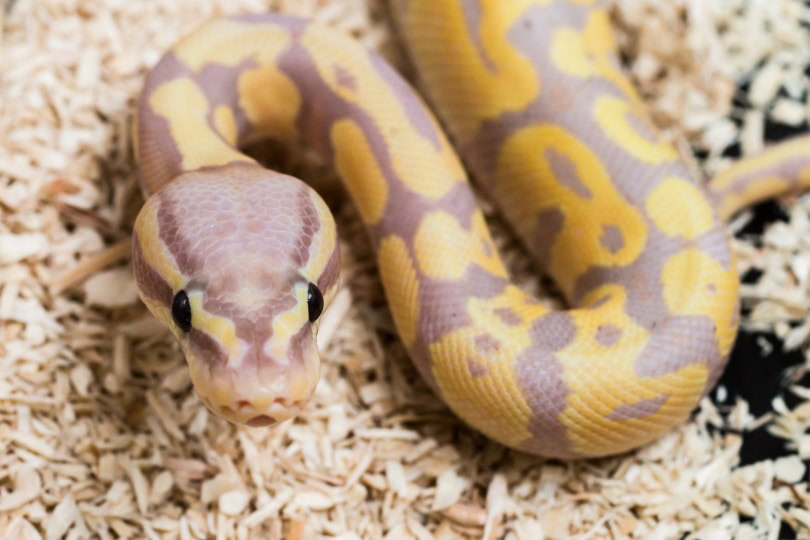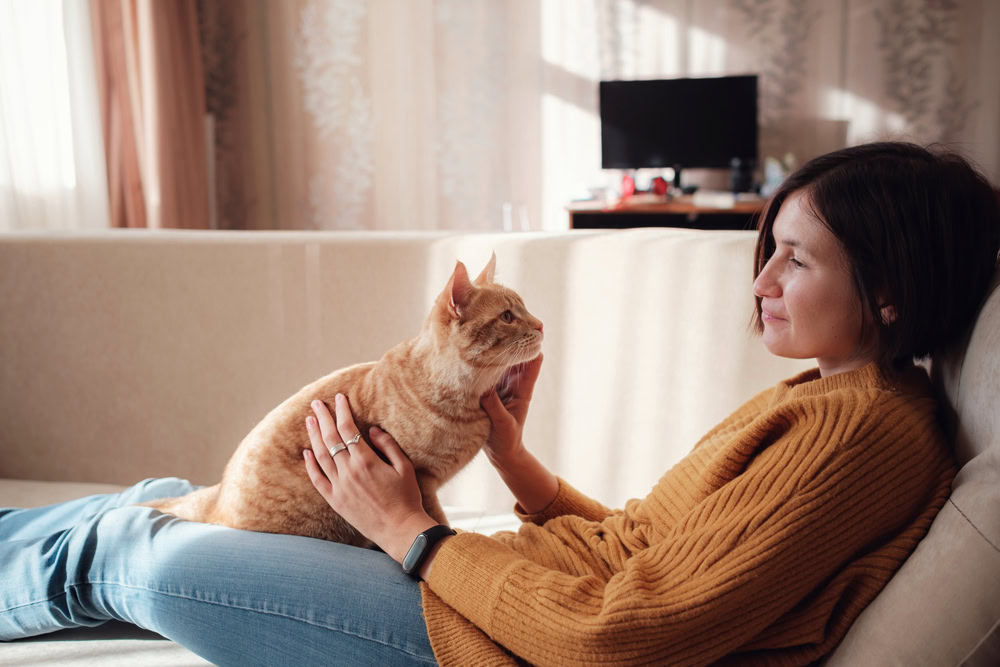The concept of an “alpha” has been historically associated with dogs. Some trainers still believe that every pack of dogs has an “alpha” leader and that the other members of the pack defer to this leader. However, canine behavior and social hierarchy are not always that simple. Many animal behavior experts have now moved away from the alpha dog concept, with new studies focusing on individual approaches and novel dog training methods using positive reinforcement.1 But what about cats?
The answer is no, cats don’t have an alpha human. In fact, the very idea of an alpha human doesn’t exist in the feline world. Cats are independent creatures who don’t feel the need to follow anyone’s lead.
To understand why cats don’t have an alpha human, it’s important to first understand how their social structure works.

Cats Are Solitary Predators
Unlike their bigger cousins like lions, cats don’t naturally live in groups, unless it’s the female with her kittens. In the wild, they’re typically solitary hunters, but whether they form groups or not depends on the density of the cat population in the area and food availability.2 They also come together during mating season, and even then, they disperse soon after.
While clowders (groups of cats) do exist, they typically form around a food source and lack a real social hierarchy. In other words, there will not be a cat in charge of the clowder. Everyone just sort of does their own thing, while some cats get along better than others. Groups of cats are also referred to as colonies in the case of stray and feral cats.
Cats that live together in the same household may establish a fairly loose and variable social hierarchy, but they will remain solitary hunters and will not form a pack as dogs do. Even though cats live in close proximity to each other in our homes, often sharing resources, they don’t necessarily form the same type of bond as dogs sometimes do.
Cats Don’t Defer to Humans
Since cats don’t have an innate desire to follow anyone’s lead, it’s unlikely that they would ever defer to a human. In their mind, we may be just another member of the clowder—not a leader. In reality, we are their carer and provider.
The “alpha” training methods that were historically used in the canine world have largely fallen out of fashion and can even be counterproductive. Cats would not respond well to them either, and this approach is more likely to lead to fear, stress, and anxiety.
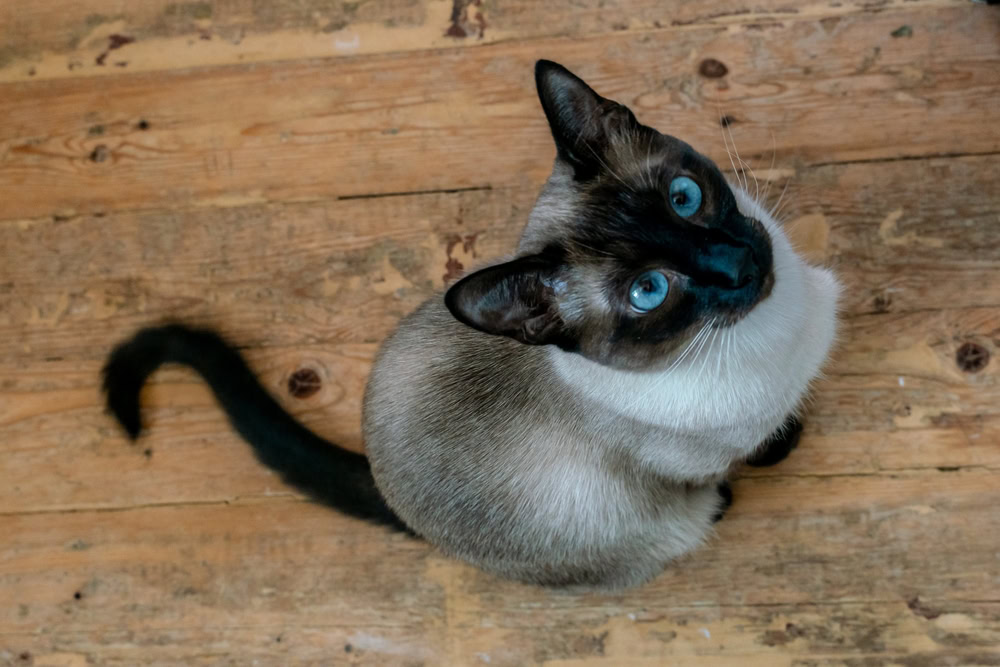
Do Cats Have a Favorite Human?
If you live in a multi-person home and own a cat, you’ve probably wondered if your feline friend has a favorite human. While cats may not have an alpha human, they can certainly form deep and lasting bonds with individual people.
Still, the process is far simpler than our concept of “favoritism.” In the cat world, there’s no such thing as choosing one person over another. Instead, cats simply gravitate toward the people who treat them the best. For instance, a cat is more likely to bond with a human who provides them with regular meals, plenty of toys, and lots of love and attention.
Since cats are excellent communicators, they also connect more with people who understand their cues. If you can read your cat’s body language and vocalizations, they’re more likely to see you as a friend and confidante.

How Cats Show Love and Affection
Cats have always been portrayed as cold, aloof creatures, but they’re actually quite affectionate pets! They just express their love in different ways than dogs and humans do.
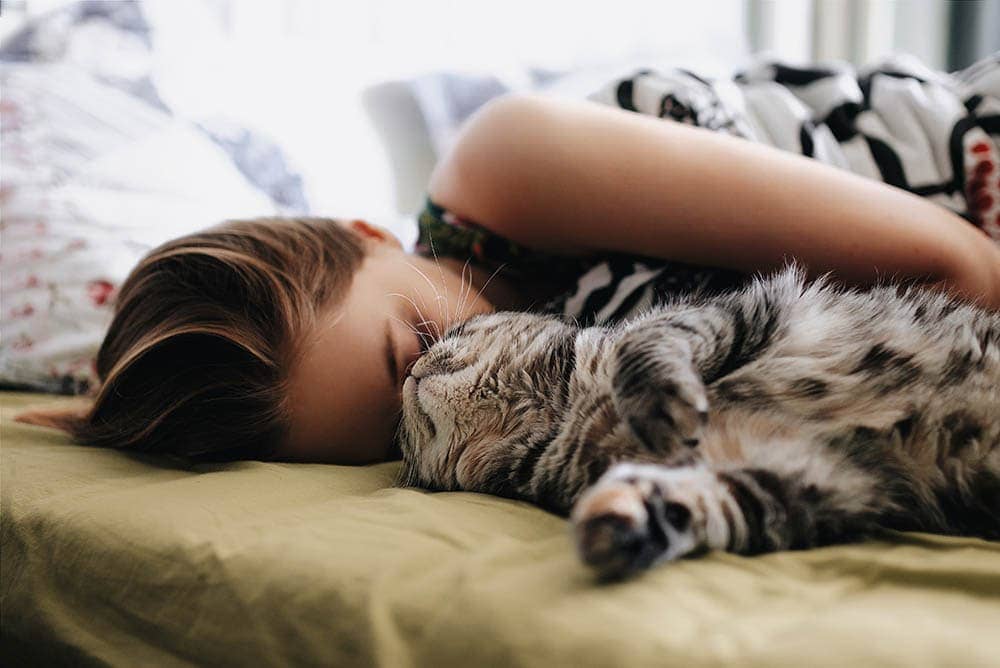
- Purring: This low, rumbling sound is a sure sign of contentment in cats. When they purr, they’re often trying to communicate that they feel safe and happy in your presence.
- Head-Butting and Nose-Touching: Cats have scent glands on their faces, so when they headbutt or touch you with their noses and chins, they’re actually marking you as part of their territory. It’s a sign of ownership, but also of affection, making you smell more familiar.
- Slow Blinking: When a cat stares at you and slowly blinks their eyes (sometimes called kitty kisses), it’s a sign of trust and relaxation. They wouldn’t do this around someone they didn’t feel comfortable with.
- Kneading: This is a behavior that kittens often do when they’re nursing, but adult cats may also do it when they’re feeling content. It’s thought to be a sign of affection, as well as a way to mark you as their territory.
- Grooming: If your cat licks or grooms you, it’s a sign of affection and trust. Not only are they cleaning you, but they’re also sharing their scent with you. This is their way of claiming you as part of their family.
- Tail Up: A tail that’s held high, often with a little kink like a question mark at the very tip, is another positive sign in feline body language. It means they feel confident and comfortable around you.
- Sleeping Near You: Cats are naturally independent creatures, so when they choose to sleep close to you, it’s a sign that they enjoy being in your presence.
How to Form a Closer Bond with Your Cat
Just because your cat doesn’t defer to you or follow you around all the time like a pup, it doesn’t mean you can’t be best friends. You do have to understand how to speak their language, though.
Here are some tips for forming a closer bond with your cat:
1. Respect Their Independence
Cats are naturally independent creatures, so it’s important to respect that they may not always want to be cuddled or petted. Instead, let them come to you when they’re ready for affection. This way, they’ll feel in control and more comfortable around you.
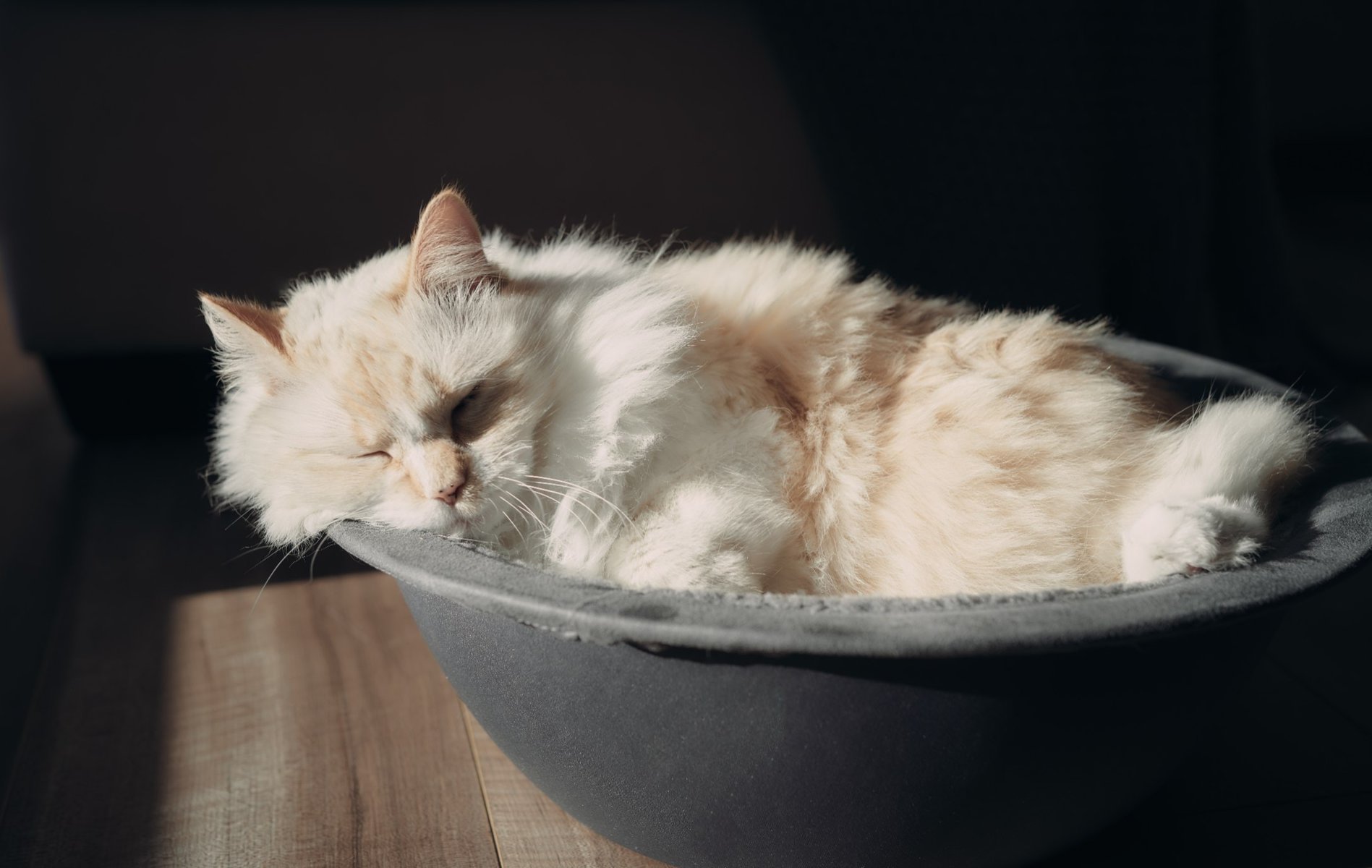
2. Learn Their Language
Do you know what your cat is “saying” when they meow, purr, or flick their tail? If not, it might be time to learn a little bit about cat body language.
For example, stress and illness in cats can manifest itself in different ways, such as excessive grooming, urinating outside the litter box, or hiding. A meowing cat may not be looking for attention —they may be hungry. The better you understand cat language, the better you can cater to their needs.
3. Create a Safe, Comfortable Environment
Cats feel safest when they’re in familiar surroundings, so try to create a space in your home that’s just for them. This could be a cozy spot with a soft bed, some toys, and a few of their favorite things. When they have a space that’s all their own, they’ll be more likely to relax and feel comfortable showing you affection.
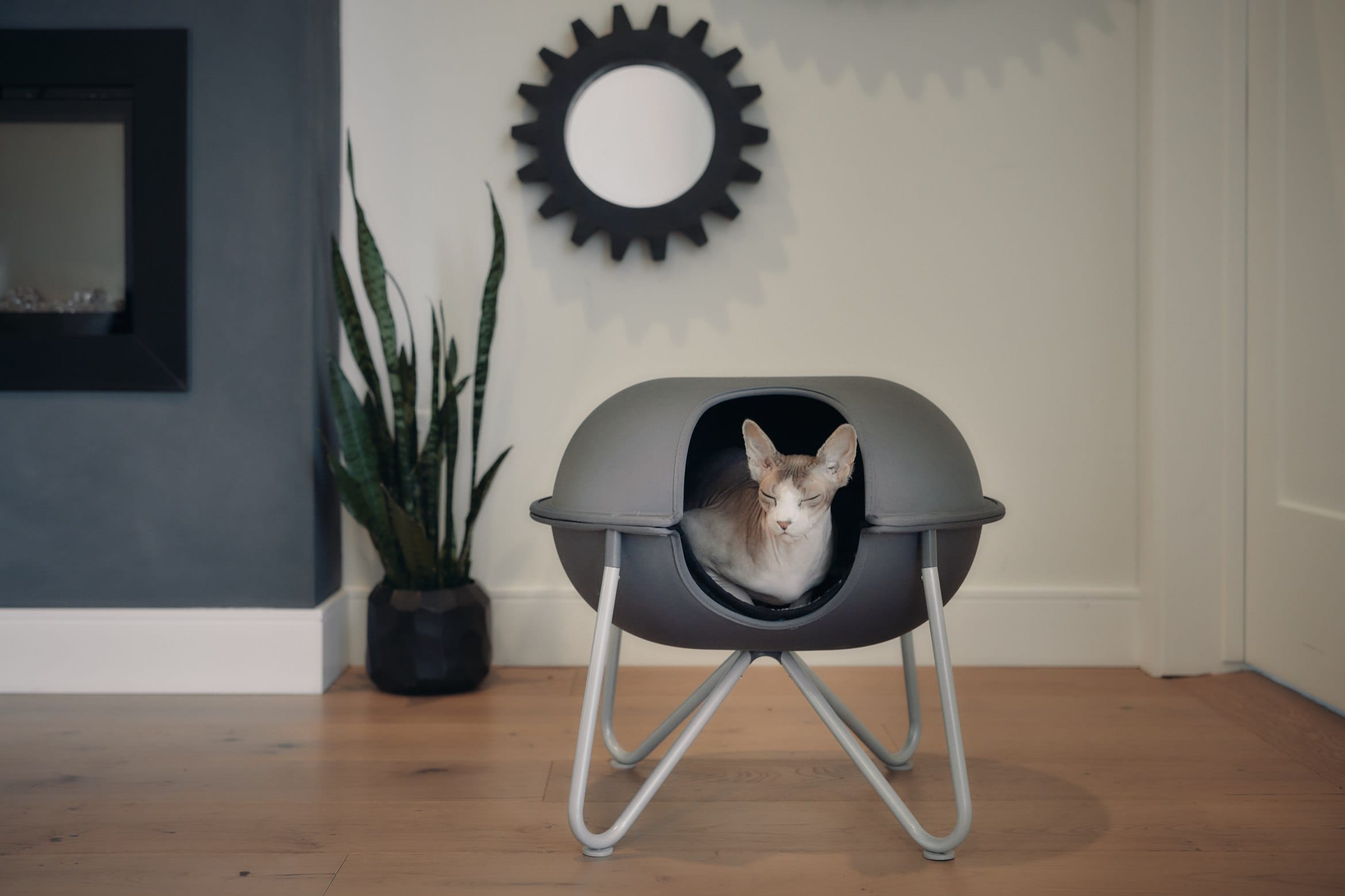
4. Make Sure All of Their Needs Are Met
For starters, cats need food, water, shelter, and clean litter to go potty in. Failing to meet these basic needs will only make them stressed, anxious, and in some cases, uncertain of the world around them, including you, not to mention negatively impact their health.
Besides these basic needs, every cat requires a certain amount of physical exercise and mental stimulation every single day, through having an enriched environment, in order to be able to express their natural behaviors.
5. Every Cat Is Different
Some cats may be more affectionate than others, and this will greatly depend on their age, early socialization and previous life experiences, as well as their health. By getting to know your cat well, you will learn what interactions they prefer and how much attention they desire. Some cats will become very close with their owners through active playtime, while others cherish cuddles above all.
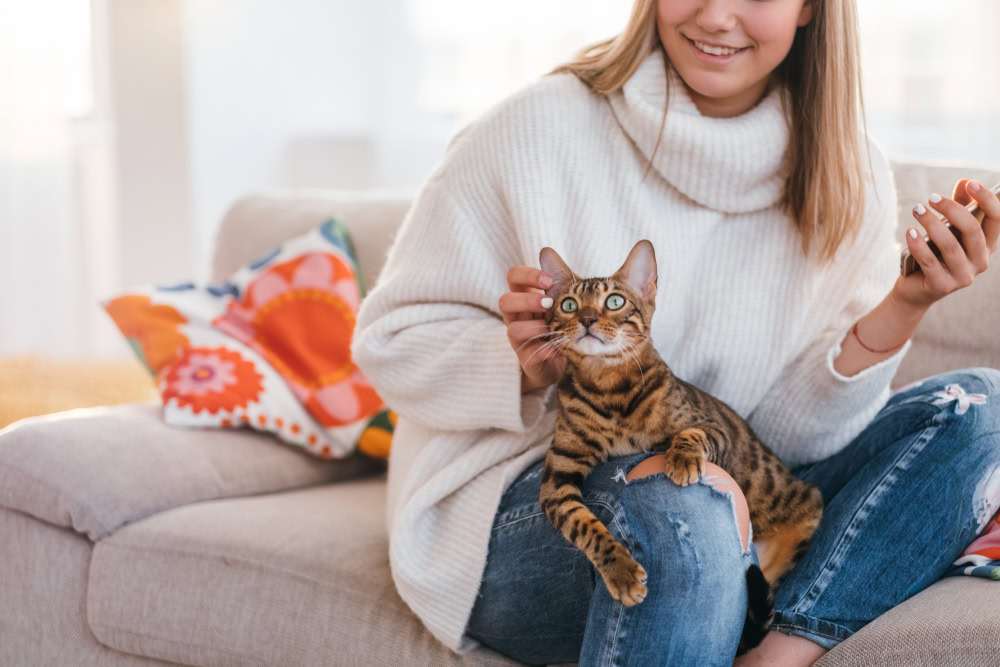
6. Be Patient
Cats can be slow to warm up to new people, and even those they’ve known for a while. It takes time to form a close bond with a cat, so don’t expect miracles overnight. Instead, focus on building trust and mutual respect no matter how long it takes.

Conclusion
Cats are unique creatures—independent but affectionate, aloof but loving. If you want to be close to your furry companion, forget about all those alpha-animal dominance games. Instead, learn to speak their language and show them the love and respect they deserve. With time, patience, and a little bit of effort, you’ll have a loyal friend for life.
See also:
- How and Why Do Cats Choose Their Favorite Person? Facts & FAQs
- How Do Cats Show Submission? 5 Vet-Reviewed Gestures
Featured Image Credit: JensEnemark, Pixabay
Contents
- Cats Are Solitary Predators
- Cats Don’t Defer to Humans
- Do Cats Have a Favorite Human?
- How Cats Show Love and Affection
- How to Form a Closer Bond with Your Cat
- 1. Respect Their Independence
- 2. Learn Their Language
- 3. Create a Safe, Comfortable Environment
- 4. Make Sure All of Their Needs Are Met
- 5. Every Cat Is Different
- 6. Be Patient
- Conclusion
